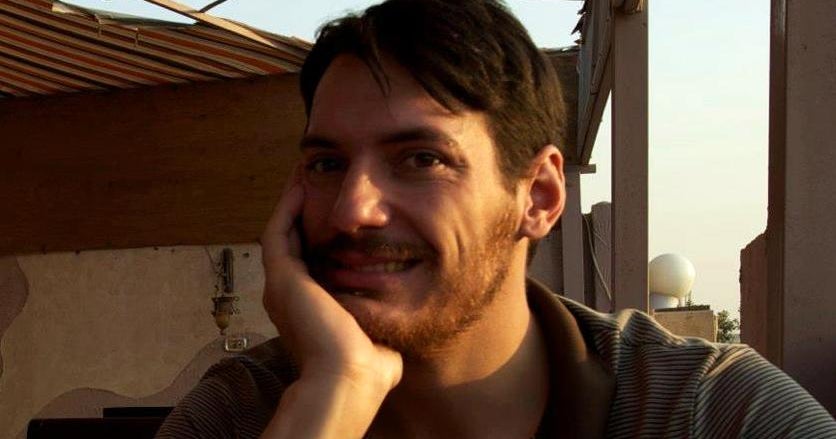Remains identified as Oregon teen Sandra Young over half a century after she went missing
Officials in Oregon have identified the remains of a body found more than half a century ago as belonging to a Portland high school student who had not been seen since the late 1960s.
The remains were identified as those of Sandra Young, who was a student at Portland's Grant High School, according to a news release from the Oregon State Police.
The remains themselves were found in 1970, officials said, buried in a shallow grave and discovered by a Boy Scout troop leader. The remains were "fully skeletonized" by that point, and were found alongside a black curly wig. Investigators also determined there had been foul play because of trauma to the body, police said. DNA only confirmed that the remains were those of a woman.
DNA results from the body were uploaded into CODIS, a nationwide DNA database, but no genetic matches were found, and a profile created on the National Missing and Unidentified Persons System did not lead to any information or matching missing persons. It wasn't until 2018, when the Oregon State Police Medical Examiner's office received a grant to perform "innovative DNA techniques on unsolved, unidentified skeletal remains cases" that more progress was made.
At the time, an additional bone sample was submitted for DNA extraction, and the state police worked with Parabon NanoLabs to study the remains with DNA phenotyping and investigative genetic genealogy. The lab was able to create what they called a DNA Snapshot Report, which used genetic material to determine physical characteristics. The report predicted that the person would be of West African, South African and Northern European descent, with brown to dark brown skin, brown eyes and black hair. However, the investigative genetic genealogy report that followed the profile had a "lack of promising leads," police said, and "additional follow-up was slow."
In 2021, the lab performed new analysis and took a "deeper genetic dive" into the young woman's history, allowing researchers to create a prediction of facial characteristics.
"To see her face come to life through DNA phenotyping was striking," said Dr. Nici Vance, the human identification program coordinator at the Oregon State Medical Examiner's Office, in the news release.
Police said that in January 2023, an individual uploaded their DNA into GEDMatch, an open-source genetic genealogy database. The site immediately recognized that person as a "potential distant family member" of the unidentified remains. More family members were encouraged to upload their DNA to the site, allowing a "more complete picture of heritage" to be created.
In July 2023, an additional Parabon NanoLabs report created family trees and linked descendents together. Speaking with family members allowed investigators to learn that Young had disappeared around the same time the remains were found.
The Portland police were brought into the case because Young had last been seen in the city, and Portland Police Bureau detective Heidi Helwig spoke with Young's sister to confirm that the remains belonged to Young. The interviews also revealed that the family had lost another daughter to gun violence in the 1970s.
The remains were positively identified as Young's by the state chief medical examiner, and an investigation into Young's death is ongoing.
"Sandra Young has now regained her identity after 54 years," said Vance. "Her story represents a remarkable amount of diligence and collaboration between family members, detectives, Oregon State Medical Examiner staff, and our contract laboratory Parabon Nanolabs. This is yet another example of the innovative ways the ME's Office and investigative genetic genealogy can help Oregonians find closure. This technology gives investigators the powerful ability to assist all Oregon agencies with the resolution of their cold case mysteries."




